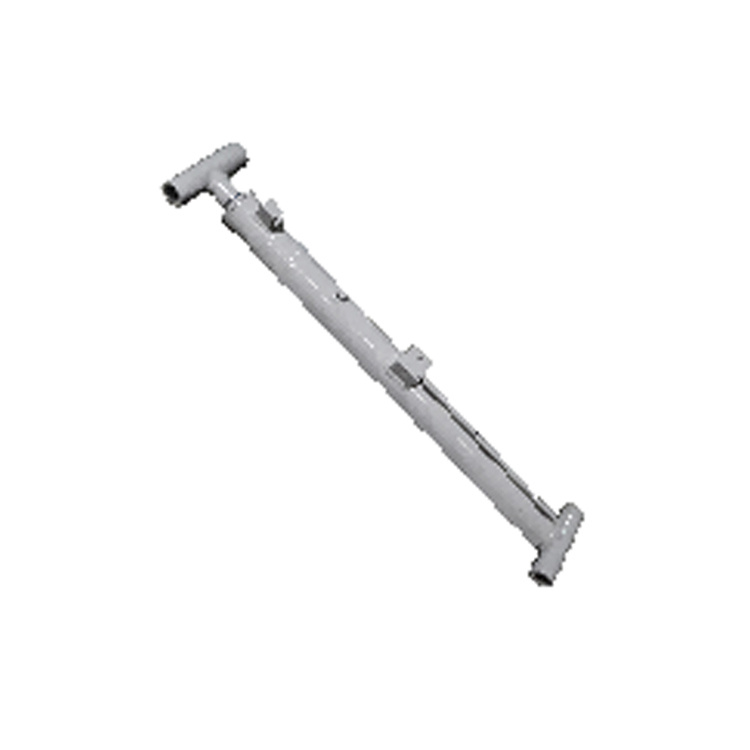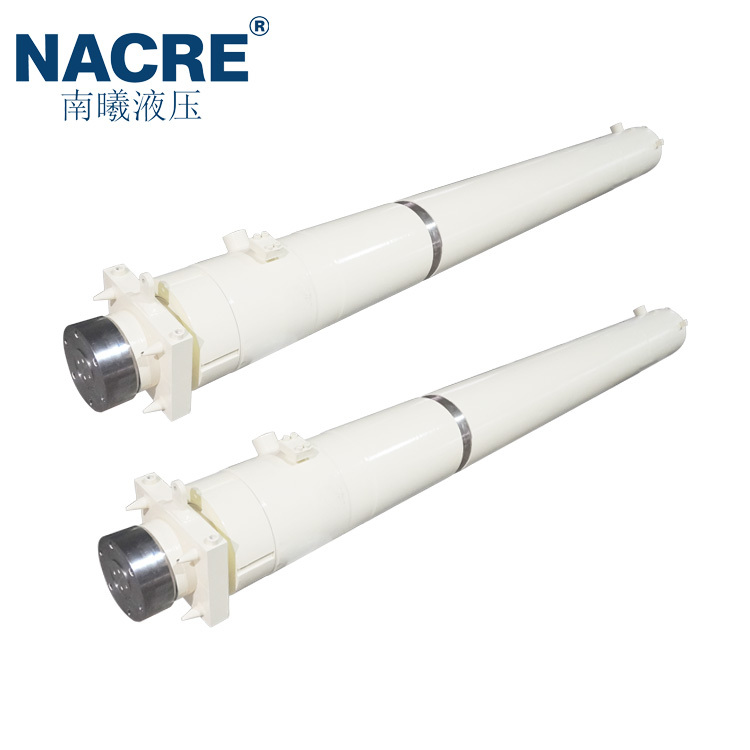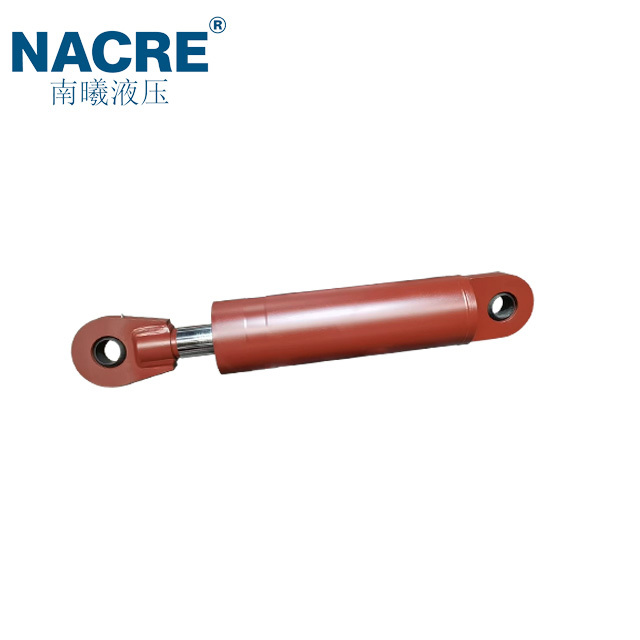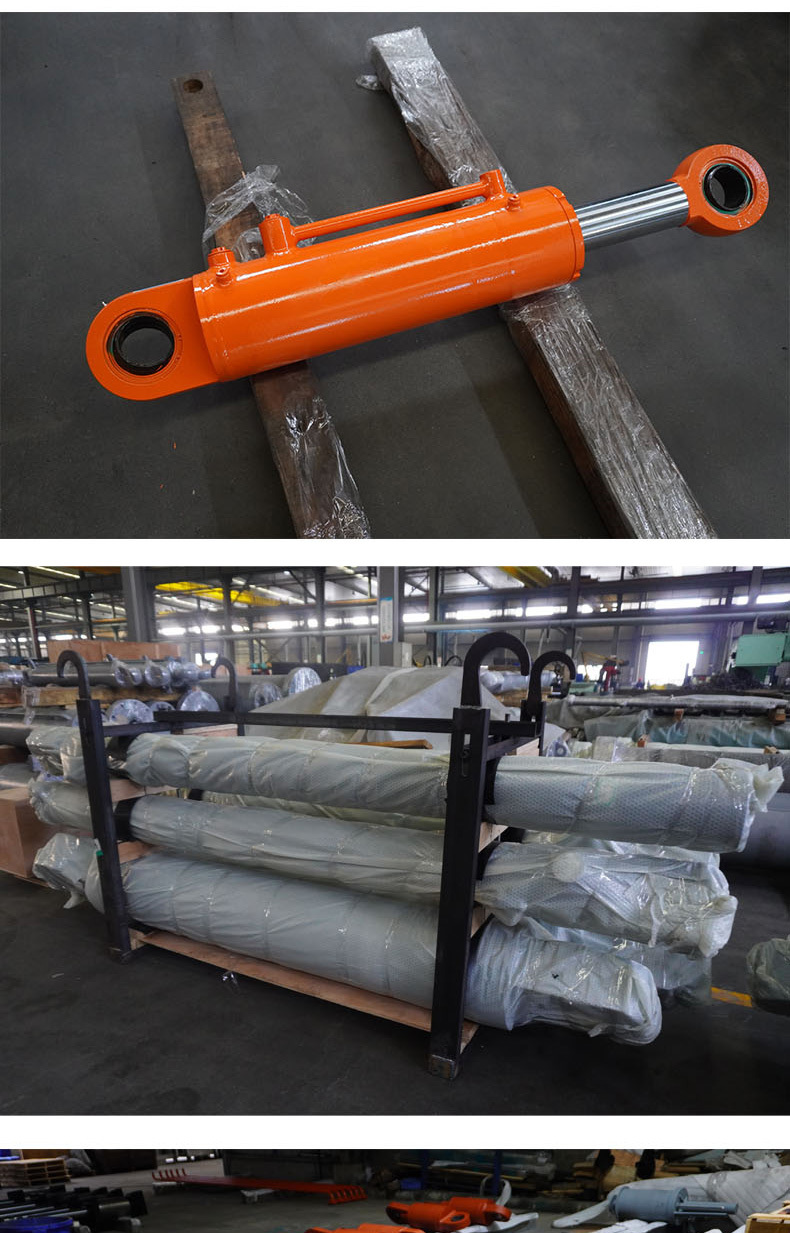Loader Hydraulic Cylinders: A Comprehensive Guide to Their Functions and Uses
2025-06-12
Loader Hydraulic Cylinders: A Comprehensive Guide to Their Functions and Uses
Loader hydraulic cylinders play a critical role in various applications within the industrial equipment and components sector. Understanding their functions, uses, and maintenance can significantly enhance performance and prolong lifespan. In this guide, we will explore everything you need to know about loader hydraulic cylinders, from their construction and working principles to their diverse applications and care tips.
Table of Contents
- 1. Introduction to Loader Hydraulic Cylinders
- 2. Functions of Loader Hydraulic Cylinders
- 3. Types of Loader Hydraulic Cylinders
- 4. Applications of Loader Hydraulic Cylinders
- 5. Maintenance Tips for Hydraulic Cylinders
- 6. Latest Advancements in Hydraulic Technology
- 7. Choosing the Right Hydraulic Cylinder
- 8. Frequently Asked Questions (FAQs)
- 9. Conclusion
1. Introduction to Loader Hydraulic Cylinders
Hydraulic cylinders are devices that convert hydraulic energy into mechanical energy, enabling heavy machinery, such as loaders, to perform various tasks. **Loader hydraulic cylinders** are specifically designed for use in loaders, providing the necessary force to lift and move heavy loads. These cylinders are essential components in construction, agriculture, and material handling industries, where efficiency and reliability are paramount.
2. Functions of Loader Hydraulic Cylinders
The primary function of loader hydraulic cylinders is to generate linear motion through the application of hydraulic pressure. This motion is crucial for various loader operations, including lifting, tilting, and extending components, allowing for versatile functionality. Hydraulic cylinders accomplish this by using pressurized fluid to create force within a sealed cylinder, which then moves a piston in a linear direction. The force generated can be precisely controlled, enabling operators to handle loads safely and efficiently.
Understanding the Hydraulic System
Hydraulic systems rely on several key components, including pumps, valves, and reservoirs, to operate effectively. The loader hydraulic cylinder interacts with these components to facilitate smooth movement and operational efficiency. By understanding how these parts work together, operators can optimize performance and troubleshoot issues when they arise.
3. Types of Loader Hydraulic Cylinders
Loader hydraulic cylinders can be categorized based on their design and functionality. The two primary types are single-acting and double-acting cylinders. Each type has distinct characteristics that make it suitable for specific applications.
3.1 Single-Acting Cylinders
Single-acting cylinders operate using hydraulic pressure on one side of the piston. This design allows fluid to enter and exit the cylinder, generating movement in one direction. The return stroke is typically achieved through gravity or a spring mechanism. Single-acting cylinders are commonly used in applications where force is required in only one direction, such as in dump trailers and certain types of agricultural equipment.
3.2 Double-Acting Cylinders
In contrast, double-acting cylinders can exert force in both directions. Hydraulic fluid enters and exits on both sides of the piston, allowing for greater control and more complex movements. This type of cylinder is often used in applications that require both lifting and lowering actions, making them ideal for loaders that need to perform versatile tasks.
4. Applications of Loader Hydraulic Cylinders
Loader hydraulic cylinders are integral to various industries, including construction, agriculture, and material handling. Some of the most common applications include:
- Construction Equipment: Loader hydraulic cylinders are crucial in excavators, bulldozers, and backhoes, facilitating lifting and digging operations.
- Agricultural Machinery: In farming, these cylinders are used in tractors and harvesters for tasks such as lifting loads and plowing.
- Material Handling: Hydraulic cylinders enhance the performance of forklifts and pallet jacks, improving efficiency in warehouses and distribution centers.
- Mining Equipment: They also play a vital role in mining machinery by assisting in the movement of heavy materials.
5. Maintenance Tips for Hydraulic Cylinders
Regular maintenance is essential for ensuring the longevity and optimal performance of loader hydraulic cylinders. Here are some key maintenance tips:
Regular Inspections
Conduct routine checks for signs of wear and tear, such as leaks, corrosion, and damage to seals. Early detection can help prevent costly repairs and downtime.
Fluid Quality Management
Use high-quality hydraulic fluid and monitor its condition regularly. Contaminated fluid can lead to cylinder damage and decreased efficiency.
Seal Replacement
Replace seals at recommended intervals to prevent leaks and maintain pressure. This task is vital for maintaining cylinder performance and safety.
Cleaning and Lubrication
Keep cylinders clean and lubricate moving parts to reduce friction and wear. This practice enhances the overall reliability of the hydraulic system.
6. Latest Advancements in Hydraulic Technology
The hydraulic technology landscape is continually evolving, with innovations aimed at enhancing efficiency, performance, and safety. Recent advancements include:
- Smart Sensors: Integrated sensors in hydraulic systems provide real-time monitoring of performance metrics, allowing for predictive maintenance and improved operational efficiency.
- Eco-Friendly Fluids: The introduction of biodegradable hydraulic fluids helps reduce the environmental impact while maintaining performance.
- Advanced Seal Materials: New materials for seals enhance durability and resistance to wear, extending the lifespan of hydraulic cylinders.
7. Choosing the Right Hydraulic Cylinder
Selecting the appropriate loader hydraulic cylinder is crucial for achieving optimal performance. Consider the following factors:
Load Requirements
Evaluate the weight and type of loads the cylinder will handle. This assessment will determine the necessary force and specifications.
Operating Environment
Consider the environmental conditions where the hydraulic cylinder will operate, including temperature, humidity, and exposure to contaminants. Choose materials and seals that can withstand these conditions.
Space Constraints
Assess the available space for installation and operation. Ensure that the selected cylinder fits within the designated area while providing the necessary functionality.
8. Frequently Asked Questions (FAQs)
What are loader hydraulic cylinders used for?
Loader hydraulic cylinders are primarily used to lift, tilt, and extend components in loaders, enabling them to perform a variety of tasks efficiently.
How do hydraulic cylinders work?
Hydraulic cylinders operate by converting hydraulic fluid pressure into mechanical force, creating linear motion through a piston within a sealed cylinder.
What maintenance do hydraulic cylinders require?
Regular inspections, fluid quality management, seal replacements, and cleaning/lubrication are essential for maintaining hydraulic cylinders.
What is the difference between single-acting and double-acting cylinders?
Single-acting cylinders generate movement in one direction, while double-acting cylinders can exert force in both directions, offering greater control and versatility.
How can I choose the right hydraulic cylinder for my loader?
Consider load requirements, operating environment, and space constraints when selecting a hydraulic cylinder for optimal performance.
9. Conclusion
Loader hydraulic cylinders are indispensable components in many industrial applications, facilitating efficient movement and handling of heavy loads. Understanding their functions, types, and maintenance requirements is essential for optimizing their performance and longevity. As technology advances, staying informed about the latest developments can further enhance operational efficiency and safety. By following the insights and tips outlined in this comprehensive guide, operators can ensure that their hydraulic systems remain reliable and effective for years to come.
Previous Page
Previous Page
Questions?
We are here to help.







